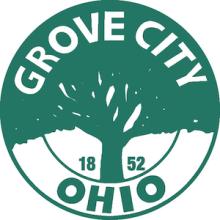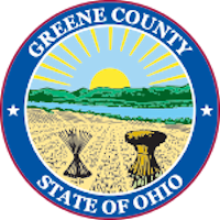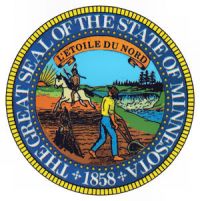FairlawnGig Keeps Businesses in Town, Attracts More - Community Broadband Bits Podcast 292

We are checking back in with Ernie Staten, Deputy Director of Public Service in Fairlawn, Ohio now that their muncipal Fiber-to-the-Home (FTTH) network - FairlawnGig - is built out and they are still building the citywide Wi-Fi network that will accompany it. We previously talked with Ernie when the network was being built two years ago in episode 201.
Fairlawn is located near Akron and a city without a municpal electric utility. Though they started expecting to work with a local partner ISP, they quickly decided it would be better to both own and operate the network.
Though the network is quite young, it has already helped to boost property values and has attracted new businesses. FairlawnGig was also the primary reason one local business expanded in Fairlawn rather than moving to another location. In short, the network has provided a strong, positive impact almost immediately.
This show is 24 minutes long and can be played on this page or via Apple Podcasts or the tool of your choice using this feed.
Transcript below.
We want your feedback and suggestions for the show-please e-mail us or leave a comment below.
Listen to other episodes here or view all episodes in our index. See other podcasts from the Institute for Local Self-Reliance here.
Thanks to Arne Huseby for the music. The song is Warm Duck Shuffle and is licensed under a Creative Commons Attribution (3.0) license.







 This isn’t the first time politicians have looked longingly at Minnesota’s plan to build more network infrastructure in rural areas. Ralph Northam, Virginia’s Lieutenant Governor, released an economic plan for his state this summer and addressed the need to improve connectivity in rural areas. In his plan, he suggested that the state adopt clear goals “[s]imilar to the legislation Minnesota has passed.”
This isn’t the first time politicians have looked longingly at Minnesota’s plan to build more network infrastructure in rural areas. Ralph Northam, Virginia’s Lieutenant Governor, released an economic plan for his state this summer and addressed the need to improve connectivity in rural areas. In his plan, he suggested that the state adopt clear goals “[s]imilar to the legislation Minnesota has passed.”